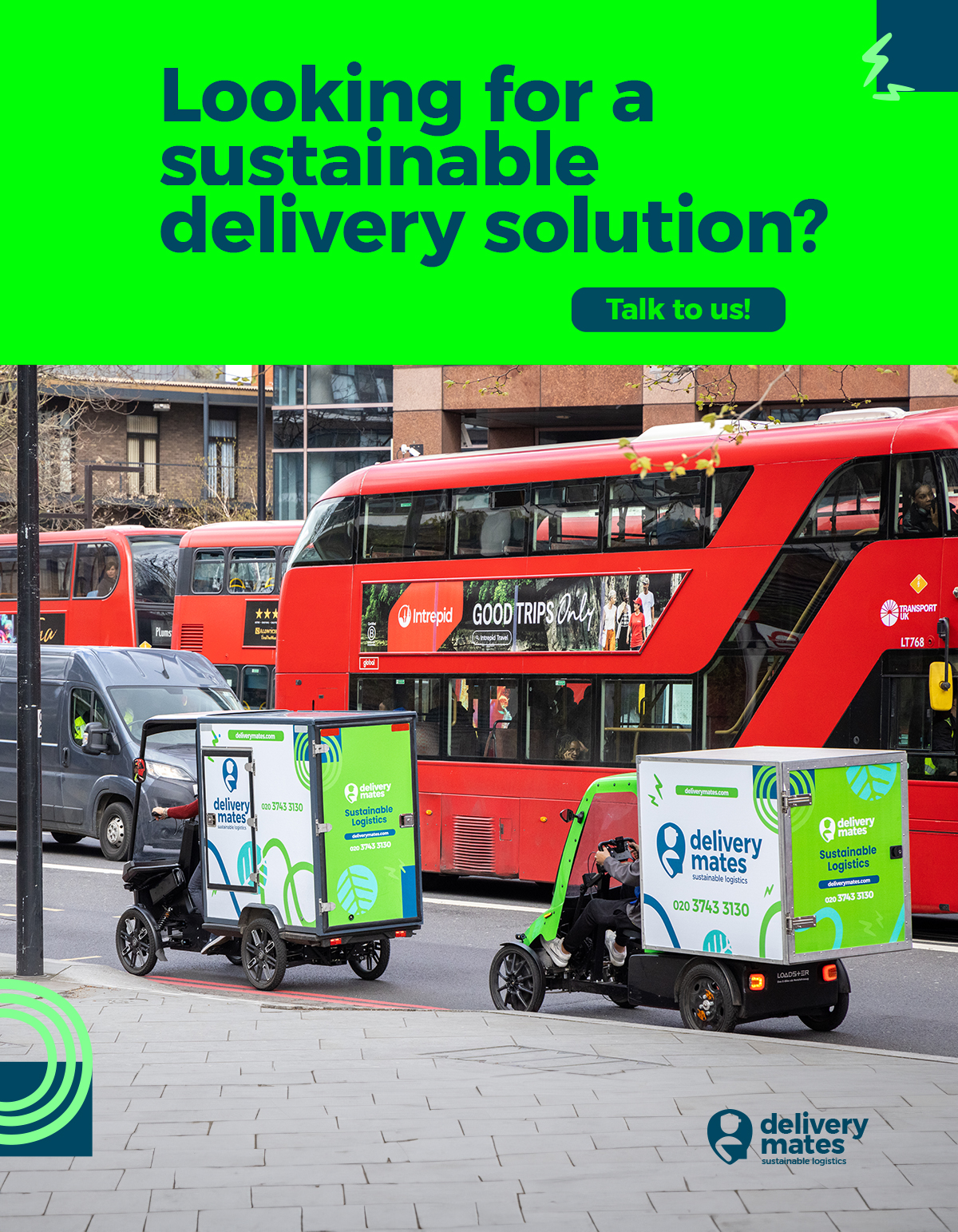EIT Urban Mobility has found that €1.5 trillion must be invested into sustainable urban mobility by 2050 to meet the goals of the EU Green Deal.
In its new report titled ‘Cost and Benefit of the Urban Mobility Transition’, the EU initiative finds that technological progress like transitioning to electric vehicles can help reduce CO2 emissions by 21% by 2030.
The report states that further efforts are therefore needed to achieve the 55% transport-related emission reduction set out in the EU Green Deal by 2030, and 90% reduction by 2050.
“Our analysis confirms that technological innovations are essential but they are not sufficient,” Yoann Le Petit, EIT Urban Mobility Thought Leadership Manager and manager of the report, told Zag Daily. “We find that the most efficient method to reduce emissions quickly is the one that blends supply-side measures, such as providing more transport services, with demand-side measures such as increasing parking prices. Not only does it reduce emissions the quickest, but it also proposes the best returns on investment.”
EIT’s study tested three scenarios (supply-side measures, demand-side measures, and a mix of supply and demand-side measures) on 12 European prototype cities to analyse how they would reduce carbon emissions.
Its findings show that public transport is the most affordable and inclusive solution to reduce urban mobility emissions. When attractive public transport is combined with shared mobility options and access restrictions, such as low-emission zones, public transport ridership could increase 7% by 2030 and private car trips could decrease by 16%. EIT also finds that by 2050, nearly 75% of trips in large cities could be completed by shared transport, active travel, or public transport.
“Investing in public transport is critical to reaching zero emissions by 2050. But again, this is not enough and we need other policies too like low-emission zones and congestion pricing which disincentivizes private car trips in urban areas,” Yoann said.
“We also shouldn’t forget about the efforts needed to electrify the buses, cars, and taxis that will still be roaming around our cities, and the associated infrastructure that’s needed to charge them. One policy or measure cannot achieve the EU’s climate goals on its own.”
EIT’s study further found that shifting to active travel modes like walking and cycling could generate €1,170 in health savings per capita by 2050, and reduce traffic fatalities by up to 70%.
When focusing on the returns on investment, Yoann said that the benefits of transitioning to sustainable urban mobility are 60% to 150% higher than the costs, taking into account all of the external cost savings generated when reducing emissions. The range depends on which prototype of EIT’s study is analysed.
“This report is about costs, but it’s also about demonstrating opportunity and that’s the key takeaway for the policymaker. If you focus on the social and climate benefits that come from investing in sustainable urban transport, then it’s clear that the return on investment is actually there.”




